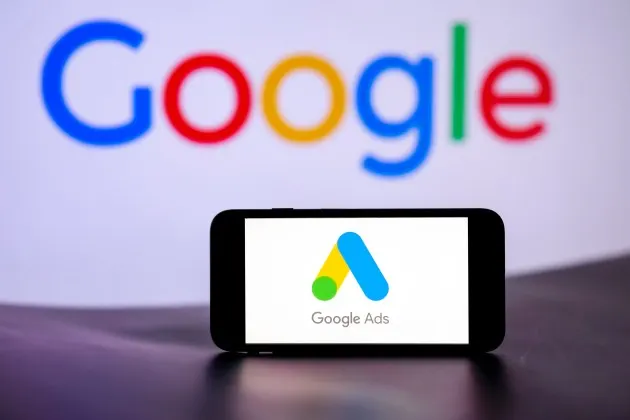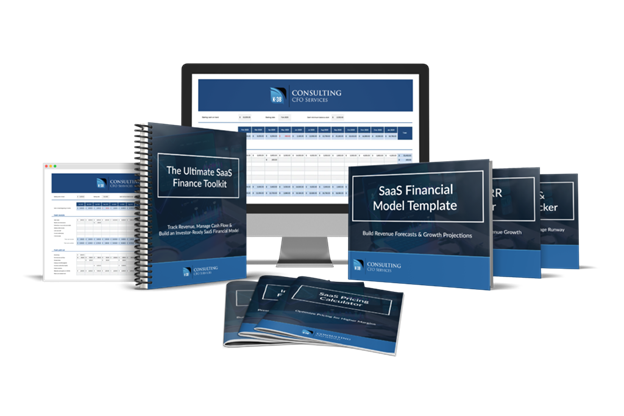In the ever-evolving digital landscape, businesses constantly seek the most effective strategies to increase visibility, drive traffic, and generate leads. Two of the most commonly compared methods are Google Ads and Search Engine Optimization (SEO). Both aim to increase website traffic through Google, but they operate in fundamentally different ways. Understanding their strengths, limitations, and how they align with your goals is crucial in making the right choice for your business.
Understanding Google Ads
Google Ads, formerly known as Google AdWords, is a pay-per-click (PPC) advertising platform that allows businesses to appear at the top of Google’s search results for specific keywords. Advertisers bid on these keywords, and when a user searches for one, the ad is displayed. You only pay when someone clicks on your ad, making it a highly measurable and controllable form of advertising.
Google Ads offers instant visibility, making it ideal for businesses looking for immediate traffic and leads. It also allows for a high degree of targeting, enabling advertisers to focus on demographics, location, time of day, device type, and more. With tools like ad extensions, call tracking, and performance insights, Google Ads can deliver precise and actionable data to refine campaigns.
What is SEO?
SEO is a long-term strategy focused on improving your website’s organic rankings on search engines. It involves optimizing your website’s content, structure, and backlink profile to align with search engine algorithms. The goal is to make your site more relevant and authoritative so that it naturally appears higher in search engine results pages (SERPs).
Unlike Google Ads, SEO does not involve direct payments for visibility. However, it requires significant time and effort, including keyword research, content creation, technical optimization, and link building. While it takes longer to see results, SEO can offer a more sustainable and cost-effective solution in the long run.
Key Differences Between Google Ads and SEO
The primary difference between Google Ads and SEO lies in cost and time. Google Ads delivers immediate results but requires a continuous budget. Once the budget is exhausted, your ads disappear. SEO, on the other hand, is an investment that takes time to build but can yield consistent traffic over the long term without recurring ad costs.
Another distinction is visibility. Google Ads gives you top-of-page placement above organic results, while SEO competes for a place among the top organic listings. This can affect user trust; some users are more inclined to click on organic results, believing them to be more credible than paid ads.
Moreover, Google Ads allows for testing and rapid iterations. You can launch a campaign, test multiple versions of your ads, and adjust based on real-time data. SEO changes often take weeks or months to show measurable impact, making it harder to test ideas quickly.
Benefits of Google Ads
One of the main benefits of Google Ads is speed. Businesses can start seeing traffic and conversions within hours of launching a campaign. It is especially valuable for promotions, product launches, or targeting high-intent keywords.
Another advantage is flexibility. Google Ads allows for a wide range of campaign types, including search, display, video, shopping, and remarketing. This versatility makes it suitable for different business models and marketing goals.
Moreover, the level of control is unparalleled. You can define your daily budget, pause campaigns instantly, or shift focus based on performance data. With advanced tracking, you can attribute ROI accurately and optimize campaigns for better results.
Benefits of SEO
SEO shines in its ability to provide sustainable traffic without ongoing ad spend. Once your website ranks well, it can attract visitors for months or years with minimal cost. This makes SEO highly cost-effective in the long run.
It also builds credibility. Users tend to trust organic search results more than paid ads. A strong SEO presence enhances your brand’s authority and fosters trust among potential customers.
In addition, SEO improves the overall quality of your website. The process involves optimizing user experience, improving site speed, and creating valuable content, all of which contribute to better engagement and conversion rates.
When to Choose Google Ads
Google Ads is the right choice when immediate results are needed. If you’re launching a new product, hosting an event, or running a limited-time offer, Google Ads can quickly drive targeted traffic to your site.
It’s also ideal for testing new markets or keywords. With quick feedback, you can determine what messaging or offers resonate with your audience before committing to a long-term SEO strategy.
For highly competitive keywords, where SEO rankings are difficult to achieve, Google Ads offers a way to bypass organic competition and get instant visibility.
When to Choose SEO
SEO is the best option for businesses aiming for long-term growth and sustainability. If you have the time to invest and can produce high-quality content regularly, SEO will yield strong returns over time.
It’s particularly effective for businesses with limited budgets, as it reduces dependency on paid traffic and lowers customer acquisition costs in the long run.
Local businesses also benefit greatly from SEO, especially with strategies like Google Business Profile optimization and local keyword targeting.
Combining Google Ads and SEO for Maximum Impact
While businesses often compare Google Ads and SEO as separate choices, they are most powerful when used together. Combining both can offer short-term gains from paid traffic and long-term value from organic growth.
For example, you can use Google Ads to drive immediate traffic while your SEO strategy matures. Meanwhile, insights from your Google Ads campaigns—such as high-performing keywords and customer behavior—can inform your SEO content strategy.
Running both simultaneously also increases your presence on the search results page. Appearing in both paid and organic results increases your credibility and click-through rate, reinforcing your brand in the user’s mind.
Industry Considerations
Different industries may favor one strategy over the other. E-commerce businesses, for example, often benefit from Google Ads’ Shopping campaigns to display products directly in search results. Service-based businesses might focus on local SEO to attract nearby clients.
Startups might lean on Google Ads to generate leads quickly, while established brands may focus more on SEO for long-term cost savings and trust-building. Understanding your industry’s competitive landscape and customer behavior will help guide your decision.
Making the Final Decision
Choosing between Google Ads and SEO depends on your goals, budget, timeline, and resources. If speed and precision are your priorities, Google Ads offers unparalleled control and quick results. If you’re building a brand with a long-term vision, SEO delivers lasting impact with reduced ongoing cost.
Many businesses find that a hybrid approach yields the best results. By aligning Google Ads and SEO strategies, you can maximize your digital presence, drive consistent traffic, and generate leads effectively. The right balance will depend on your unique needs and how you plan to scale your business in the competitive digital space.















